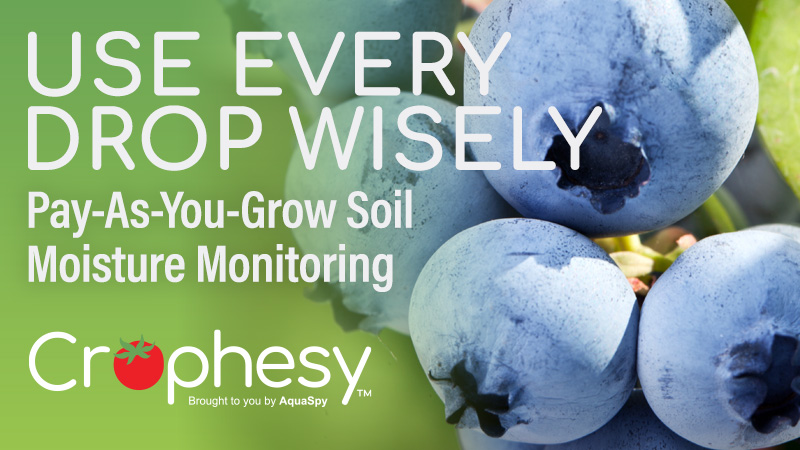Safety Tips For Agritourism
From apple picking at a pick-your-own operation to pumpkin patches, hayrides, and corn mazes, agritourism is a big part of the farm experience for produce consumers during the fall. Farm operators need to make sure that they are prepared not only for the additional traffic, but that their operations are prepared for safety, according to experts from Ohio State University’s College of Food, Agricultural, and Environmental Sciences. Consumers also need to be aware of safety precautions they can take to ensure they enjoy their farm visits without injury, said Eric Barrett, an Ohio State University Extension educator. Agritourism is a significant and growing industry for farmers and a huge draw for consumers, he said.
Starting in spring with fruits like strawberries and blueberries, continuing in summer with farmers markets, going all the way to wintertime cut-your-own Christmas trees, consumers need to be aware of the safety measures they can take to ensure a safe visit. Any farmer that has visitors to his or her operation also needs to think about the safety aspect, Barrett said.
“October tends to be the peak time of year with apple picking, pumpkin picking, people taking hayrides, going into corn mazes,” he said. “So even something as simple as having hand washing stations, to warning people that there may be uneven ground in the pumpkin patches, to making sure little kids don’t run off, consumers and farmers have to think safety for those who are coming to their farms. One of the biggest challenges is that agritourism can be like a festival, with large attendance numbers on the farms, so farmers have to add that extra level of safety.”
Members of the college’s agriculture safety team offer “u-pick” safety tips to help protect visitors, workers, and farm families from farm-related injuries. The tips are easy, inexpensive, and fairly universal guidelines to follow with the overall goal of making sure visitors are safe while on the farm, said Kathy Mann, an OSU Extension program coordinator in agricultural safety and health.
“That can be as simple as making sure that they aren’t around farm machinery that can be hazardous to making sure that farm workers are trained in first aid,” Mann said.
Some safety tips farmers can use to educate visitors include:
- Post rules for the operation.
- Post smoking policies, which could include designated smoking areas or a “no smoking” policy on the grounds.
- Offer hand washing stations for visitors exiting petting zoo areas to prevent the spread of germs.
- Remind visitors to stay seated at all times during hayrides or sleigh rides.
- Post signs and clearly designate restricted areas such as around machinery, open water and chemicals.
- Communicate directions in the case of inclement weather.
Some safety tips for farm operators include:
- Plan hayride and sleigh ride routes so they do not cross public roads or highways.
- Ensure that any tractor pulling a hay wagon weighs more than the gross weight of the heaviest wagon it will tow.
- Tow only one wagon at a time.
- Train workers in first aid and CPR through a local certifying agency.
- Workers should be able to recognize visitors who show signs of weather-related distress or the onset of a possible medical condition and take appropriate action.
- Invite your local fire department to do a site visit to ensure that your operation provides appropriate access for emergency response vehicles.
- Have an emergency response plan with detailed information pertaining to emergency contacts, actions to take during various emergencies such as fires and inclement weather, and location of first aid kits and fire extinguishers.
“Agritourism has been a great way that many farm families have been able to earn additional income and a great way to get people to better understand agriculture and learn more about farmers and agriculture,” said Mann. “But because these activities bring many visitors to the farm — many of whom have little experience with the hazards that exist on a farm — it is important that the safety of these visitors along with employees be of utmost concern for the farm operators.”
More information on agriculture safety can be found at http://agsafety.osu.edu.









